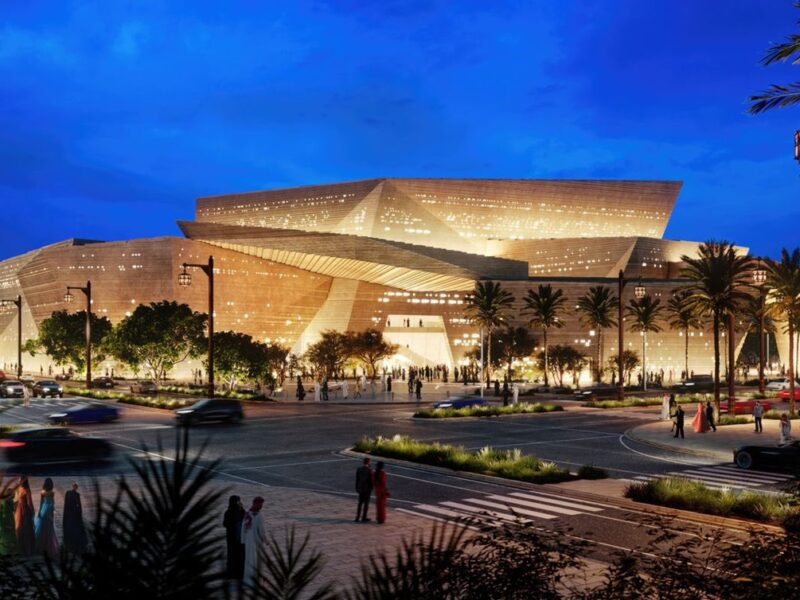The UAE and, more recently, Saudi Arabia have opened up medium- to long-term visa opportunities for high net-worth individuals, investors and talented people to attract foreign skills and investment and to effectively diversify their economies.
While both Gulf countries unveiled plans independently, their residency programmes each contain some similar elements that could boost socio-economic development across the region.
The UAE launched the Golden Visa in 2018 while Saudi Arabia launched their revised and expanded Premium Residency visas earlier this month.
According to a legal expert, here are the key similarities and differences between both.
Eligibility and scope
The Golden Visa takes a broader scope by welcoming specialists, entrepreneurs, investors and outstanding students to the UAE, whereas Saudi’s Premium Residency focuses on specific investment categories, special talents, and key professions.
Those eligible for the UAE Golden Visa include:
- Public sector investors
- Real estate investors
- Entrepreneurs
- Outstanding specialised talents
- Inventors
- Creatives in the fields of culture and art
- Executive Directors
- Athletes
- Specialists in science and engineering
- Outstanding high school and university students
- Frontline workers
- Pioneers if humanitarian work
Saudi Arabia’s Premium Residency categories:
- Special Talent (including researchers and executives, healthcare and science)
- Gifted individuals (sports, cultural and artistic talents)
- Investor
- Entrepreneur
- Real Estate owner
- Limited and unlimited duration
“These distinctions reflect each country’s unique strategic objectives and economic contexts. The UAE’s approach is broader, encompassing a wider range of talents and investment opportunities, while Saudi Arabia’s programme is more targeted,” said Jean Abboud, Partner at law firm BSA.
Residency duration and renewal
The UAE Golden Visa offers options for five or 10-year residency, which is renewable. Visa holders can stay outside the UAE for more than six months without losing their residency. This is a “feature not explicitly mentioned in the Saudi programme,” said Abboud, adding that he expects it to be “treated similarly.”
Saudi’s Premium Residency includes both limited-duration and unlimited-duration options, with the limited ones being renewable.
Family sponsorship
One of the key benefits of both visas is self-sponsorship – i.e. not relying on an employer or company for sponsorship. This advantage also extends to family sponsorship for both.
However, the Golden Visa offers “more flexibility by not placing an age limit on the children who can be sponsored,” and visa holders can sponsor an unlimited number of domestic helpers. Their family members can stay in the UAE until the end of their permit, and if the primary holder passes away.
Investment thresholds
The UAE requires property investment of a minimum of AED2 million, whereas Saudi Arabia sets the minimum at SAR4 million.
For business investors, the UAE requires a deposit of AED2 million or a similar investment in a business, while Saudi Arabia has set a minimum investment of SAR7 million for its investor residency.
Experts told Arabian Business last week that the new Saudi visas are expected to have a direct effect on foreign investment inflows. Since the news broke on the new visas earlier this month, BSA has seen a significant surge in inquiries. “We expect interest to grow further,” said Abboud.
Path to permanent residency
“Saudi Arabia provides clear pathways to permanent residency under certain conditions in its special talent and other categories,” he added.
The UAE, however, does not offer a path to permanent residency. The Golden Visa is primarily a long-term residency option.








